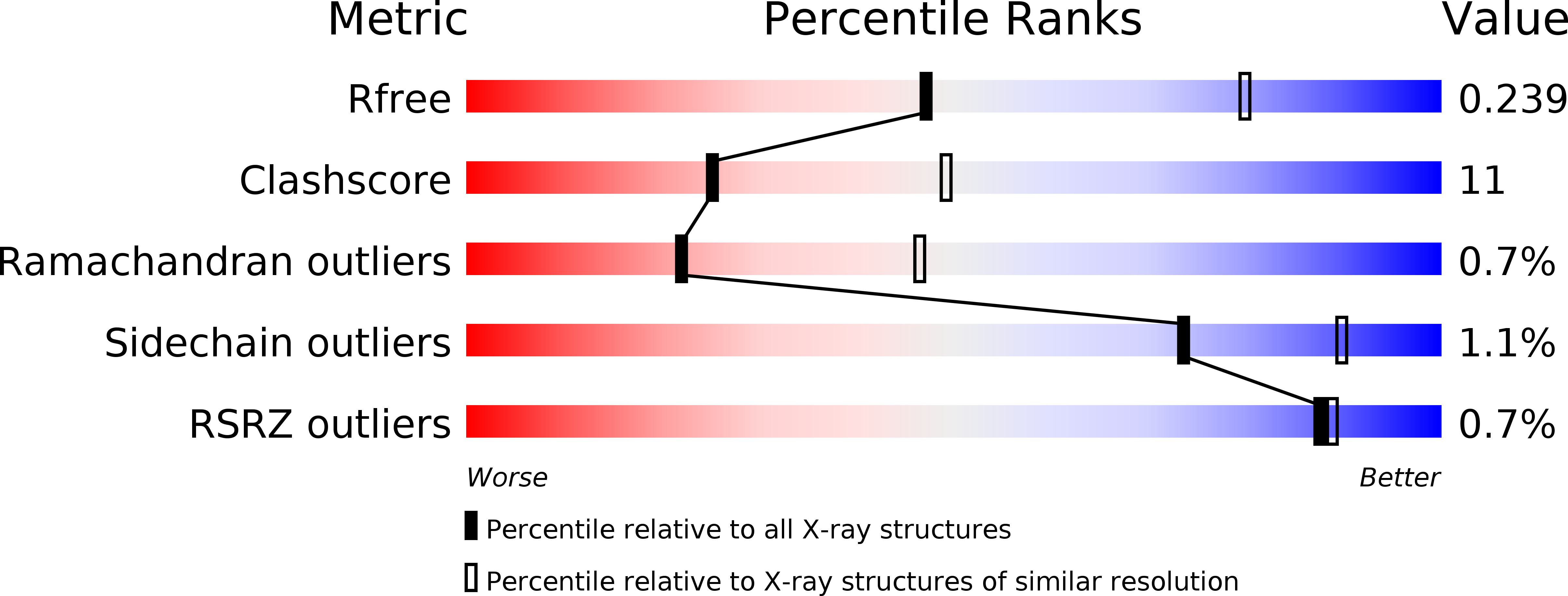
Deposition Date
2016-07-28
Release Date
2016-11-09
Last Version Date
2024-11-06
Entry Detail
PDB ID:
5LLQ
Keywords:
Title:
Crystal structure of Sulfolobus solfataricus O6-methylguanine methyltransferase C119F variant
Biological Source:
Source Organism:
Host Organism:
Method Details:
Experimental Method:
Resolution:
2.70 Å
R-Value Free:
0.23
R-Value Work:
0.17
R-Value Observed:
0.17
Space Group:
P 21 21 21


